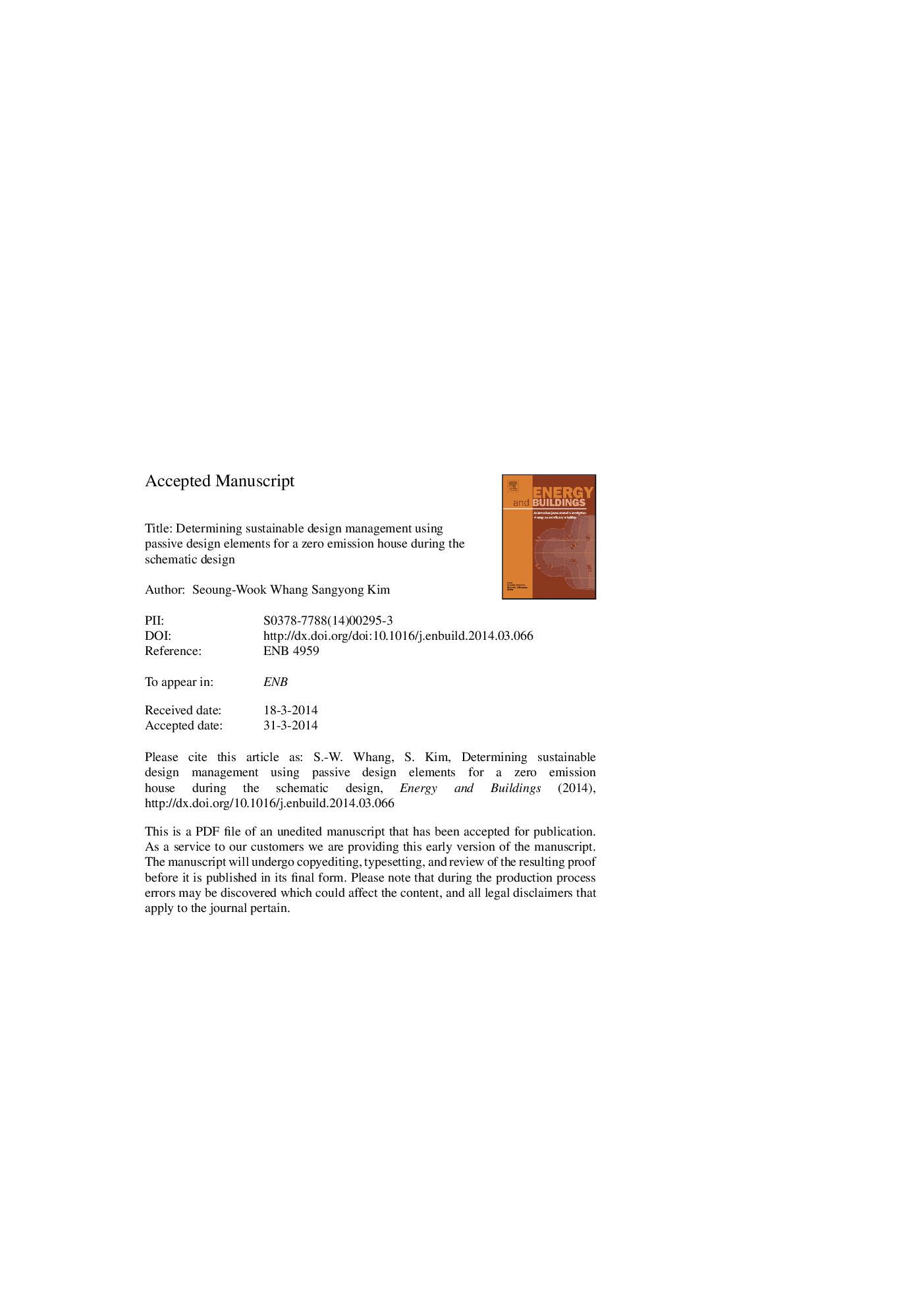| Article ID | Journal | Published Year | Pages | File Type |
|---|---|---|---|---|
| 6733732 | Energy and Buildings | 2014 | 36 Pages |
Abstract
The study analyzes passive design elements (PDEs) from existing sustainable housing projects as a method for quantitative evaluation. PDEs could be suitable methods to house owner who does not have professional knowledge in construction of zero emission house (ZEH). Extracted PDEs are analyzed by an analytic hierarchy process (AHP) to determine which PDEs are applicable for limited budgets. Through the AHP, PDEs are re-sorted based on the order of importance weight and predominant 7 PDEs are determined. Due to characteristic of passive house which envelops the house from outside environment, PDEs would be applied before design of house structure. Therefore predominant PDEs could be considered first when the zero emission house (ZEH) is developed. The proposed sustainable design management (SDM) based on PDEs would be profitable for decision-making during the schematic design phase, which is an important stage in selecting suitable design elements in ZEH construction, because environmental engineer or consultant could not be involved from early stage. With the utilization of SDM consisting of PDEs, potential ZEH clients could easily launch their ZEH project without early involvement of sustainable expert. Taking account of energy consumption in residential sector, application of SDM has a significant contribution for substantial carbon reduction.
Related Topics
Physical Sciences and Engineering
Energy
Renewable Energy, Sustainability and the Environment
Authors
Seoung-Wook Whang, Sangyong Kim,
